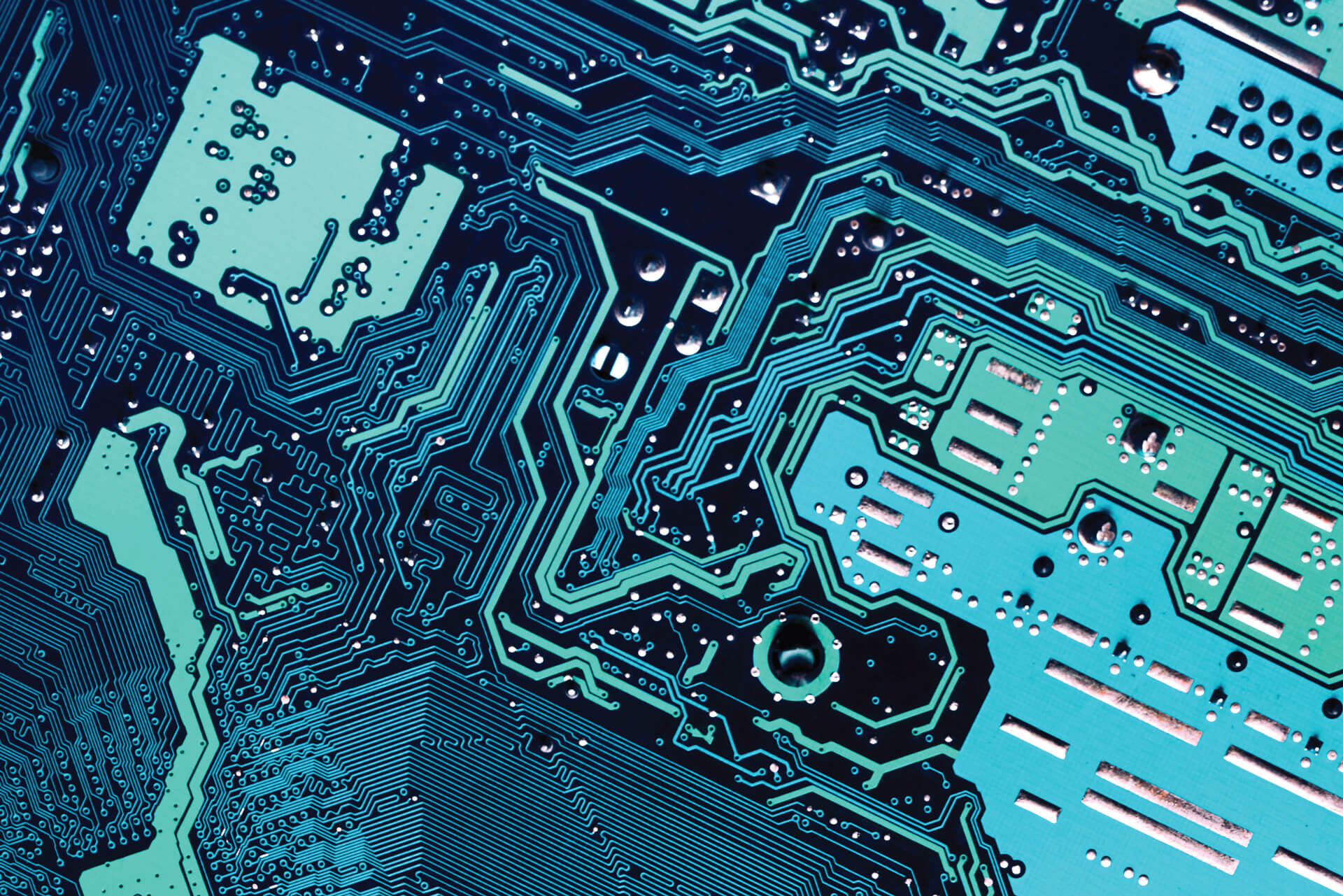Download PDF
Advanced Micro Devices Achieving Ambitious Sustainability Goals with ARCHIBUS
Technology Category
- Analytics & Modeling - Predictive Analytics
- Functional Applications - Enterprise Asset Management Systems (EAM)
- Functional Applications - Remote Monitoring & Control Systems
Applicable Industries
- Semiconductors
- Software
Applicable Functions
- Facility Management
- Maintenance
Use Cases
- Building Energy Management
- Predictive Maintenance
- Remote Asset Management
Services
- Software Design & Engineering Services
- System Integration
The Challenge
AMD faced the challenge of managing a diverse and complex portfolio of properties and facilities while aiming to reduce its carbon footprint. With 39 facilities worldwide totaling over 2 million square feet and supporting over 10,000 employees, AMD needed a robust system to track and manage environmental inputs and outputs, including electricity and water use, greenhouse gas emissions, and refrigerant tracking. The company also aimed to achieve rigorous sustainability and compliance goals, such as 25% renewable energy use and a 20% absolute greenhouse gas reduction by 2020. Additionally, AMD required a system that could integrate seamlessly with its existing space and employee data, provide global site access, and offer comprehensive reporting capabilities.
About The Customer
Advanced Micro Devices (AMD) is a Fortune 500 company specializing in the manufacture of computer processors, including microprocessors, graphic processors, and other semiconductor-based components for both consumers and businesses. AMD's products are widely used in servers, workstations, mobile devices, televisions, game consoles, and other embedded systems. The company operates 39 facilities worldwide, covering more than 2 million square feet and employing over 10,000 people. AMD is committed to corporate responsibility and sustainability, with a long history of setting and meeting environmental health and safety goals. The company has been reporting on over 250 environmental health and safety data points and aims to achieve significant reductions in its carbon footprint.
The Solution
To address its sustainability and facilities management challenges, AMD implemented a suite of ARCHIBUS applications. Initially, the company deployed ARCHIBUS Building Operations, Space, and Lease Management applications. Over time, AMD expanded its use of ARCHIBUS to include the Service Desk, Preventive Maintenance, and Space Management applications. The company also integrated the ARCHIBUS Mobile Framework and Asset Management into its operations. To further its environmental goals, AMD adopted the ARCHIBUS Environmental Health & Safety (EH&S) application, which enables managers to associate incidents with locations, equipment, and personnel, and link employee training records and medical monitoring to these incidents. This application is crucial for documenting compliance with internal standards and external regulatory requirements. Additionally, AMD implemented ARCHIBUS Energy Management and Green Building applications to aggregate, evaluate, and optimize energy and utility spending, reduce unnecessary consumption, and manage the environmental sustainability certification process. The ARCHIBUS Hazardous Materials application was also deployed to meet worker safety requirements, providing instant updates and access to SDS information, and integrating materials inventories with space and occupancy data.
Operational Impact
Quantitative Benefit
Related Case Studies.
Case Study
KINESYS Semiconductor Factory Automation Software
KINESYS Software provides both Integrated Device Manufacturer (IDM) and Original Equipment Manufacturer (OEM) customers world-class software products and solutions for advanced wafer and device traceability and process management. KINESYS offers state of the art database technology with a core focus on SEMI standards. KINESYS’ challenge was to make back-end processing failure-free and easy to use for clients while supporting licensing models more adaptable to changing industry needs.

Case Study
Modular AI Defect Inspection Solution for Efficient Semiconductor Equipment Upgrades
Smasoft Technology Co., Ltd., a System Integrator that develops industrial automation software and offers AI application solutions, was commissioned by a semiconductor equipment manufacturer to implement AI inspection features into their Extreme Ultraviolet Light (EUV) pod inspection machines. The existing AOI software in the EUV pod inspection machines could only identify defective products but could not trace the cause of the defects. The manufacturer wanted to upgrade their machines with AI features to make the products more useful. The AI solution needed to complete the analysis of 380 images for a single pod within two minutes and inspect different materials simultaneously. This required multiple sets of AI models for interpretation. The solution also needed to be installed in a cabinet in the lower half of the machines, which posed a challenge due to the limited space. Smasoft needed to purchase a hardware solution with strong computing performance, stable operation, compact size, and flexible configuration to overcome these challenges.
Case Study
Rapid Hybrid Services Deployment for Global Semiconductor Company
The U.S. manufacturer of engineered materials, optoelectronic components, and semiconductors was focused on growth through mergers and acquisitions (M&As). In 2019–2020, it acquired a global electronics firm and needed immediate connectivity and visibility into the acquired firm’s geo-distributed operations. The company had a highly compressed timeline, with only days to integrate the firm’s DDI operations, while deferring a full network migration to a future date. The company was actively engaged in acquiring and merging strategically aligned companies as a key global growth strategy. The company needed to rapidly integrate its new operations, which included significant remote locations in Asia. The company turned to Infoblox to quickly design a highly secure, available, and reliable solution that could deliver full visibility into new sites. It needed dynamic scalability to accommodate its growing operations and the ability to unify a disparate, geo-diverse infrastructure.

Case Study
Optimizing Semiconductor Manufacturing Yield with IoT
A large U.S.-based manufacturer of high-performance semiconductors was facing a significant challenge in optimizing the manufacturing process of its wireless products. The company, which designs and delivers a broad set of cutting-edge products including radio frequency filters, amplifiers, modulators, attenuators, and more, was experiencing lower than expected overall yield in some of its most complex products. This was affecting the company's productivity and profitability, and there was a need for a solution that could predict low-yield wafers early in the process and identify process improvements to increase overall yield.
Case Study
Leveraging Xenko Game Engine for Immersive VR Experiences: A StarBreach Case Study
Silicon Studio, the developer of the open-source cross-platform game engine Xenko, was looking to showcase the impressive graphical capabilities of their product. They aimed to demonstrate the engine's compatibility with VR and its ability to deliver high-quality virtual reality experiences and games. To achieve this, they needed to create a demo game, StarBreach, that would effectively highlight these features. However, they required an experienced art production team that could create high-quality game art for StarBreach. The challenge was not only to create visually appealing assets but also to demonstrate the technological possibilities of the Xenko game engine.





